
Rick310
-
Posts
792 -
Joined
-
Last visited
Content Type
Profiles
Forums
Gallery
Events
Posts posted by Rick310
-
-
Well, it’s been 3 months since my last post.
In that time I made the 5 lower yards, main and fore topsail yards, fore, main and mizzen course yards. Actually made 6 as I broke the yard arm on the fore topsail yard trying to push one of the bands on and had to remake it. Good news is it’s better than the first one. I also made the stunsl booms prior to making the stunsl irons.There were a lot of iron work on each yard. These were made from copper tube and sheet. Each had to be individually fitted to the yard. All the iron work was blackened.
Yards were painted flat black, bands pushed on,sheaves rivited in and the yards rivited to the parrels.
Blocks are strapped with 26 ga copper wire as were the stirrups. Foot ropes are .012 black ( dark brown) rope from Syren as are the blocks.
Currently in the process of attaching the blocks with their rigging to the yards.
-
Merry Christmas to you and your family Keith!
Rick in
- Keith Black and KeithAug
-
 2
2
-
Merry Christmas Johann!
This is a fascinating build, especially the question of the bowlines. I am currently trying to figure out how they were done on an American clipper ship when the sails were sent down. Also where did the bowlines on the main and mizzen run to? The fore mast is pretty obvious,
Rick
- archjofo and Keith Black
-
 2
2
-
Beautiful as always!!
Incredible!!
Rick
- Keith Black and Ilhan Gokcay
-
 2
2
-
George, your gratings look great!! Good job!!
Best wishes for your pup and Merry Christmas for you and your family!
Rick
- Canute and Keith Black
-
 2
2
-
Keith, this is extraordinary!!
How in the world did you make the ventilation grille?
Congratulations to you and your wife on your 50 year anniversary!Merry Christmas!
Rick
- KeithAug and Keith Black
-
 2
2
-
-
-
-
-
-
Looks nice!!
Nic at Bluejacket is a great resource! He is also a fantastic modeler!
Rick
-
-
Keith, how did you drill the holes in the flanges for the portholes? Did you stack them like you did to drill the holes for the rivets?
Rick
-
You constantly amaze Keith!!!
Rick
- Keith Black, KeithAug and J Snyder
-
 3
3
-
George, you are making great progress!! Discovery looks great! Good job on the aft deck houses!
As an aside, I once went to a Gordon Lightfoot concert in the flats and he was singing The Wreck of the Edmond Fitzgerald just as a freighter was coming up the Cuyahoga river from Lake Erie! The crew were gathered on deck by the rail listening to the song!
Rick
- Canute, KeithAug and Keith Black
-
 3
3
-
Rick, really great job!!
Rick
- robert952 and Ryland Craze
-
 2
2
-
Love it Keith!!
My father was from Pittsburgh!
Love the city!!
Rick
- Canute, Keith Black and thibaultron
-
 2
2
-
 1
1
-
Unbelievable Keith! Thought I was looking at actual pictures of the owner’s cabin!
Rick- Keith Black, KeithAug and ERS Rich
-
 3
3
-
Rick, all true words!
generally the model doesn’t move and never complains! It also doesn’t ask how long it will take and I suspect, it is always glad to see me!!
Nice to meet a fellow dentist on MSW.
The model looks great!!
Rick
- GrandpaPhil and robert952
-
 2
2
-
Rob, the Buttersworth’s painting of the Flying Cloud seems to show an older style windlass under the forecastle at the level of the main deck.
Rick
-
-
-
Beautiful paintings!!
Good explanation Rob!
Rick

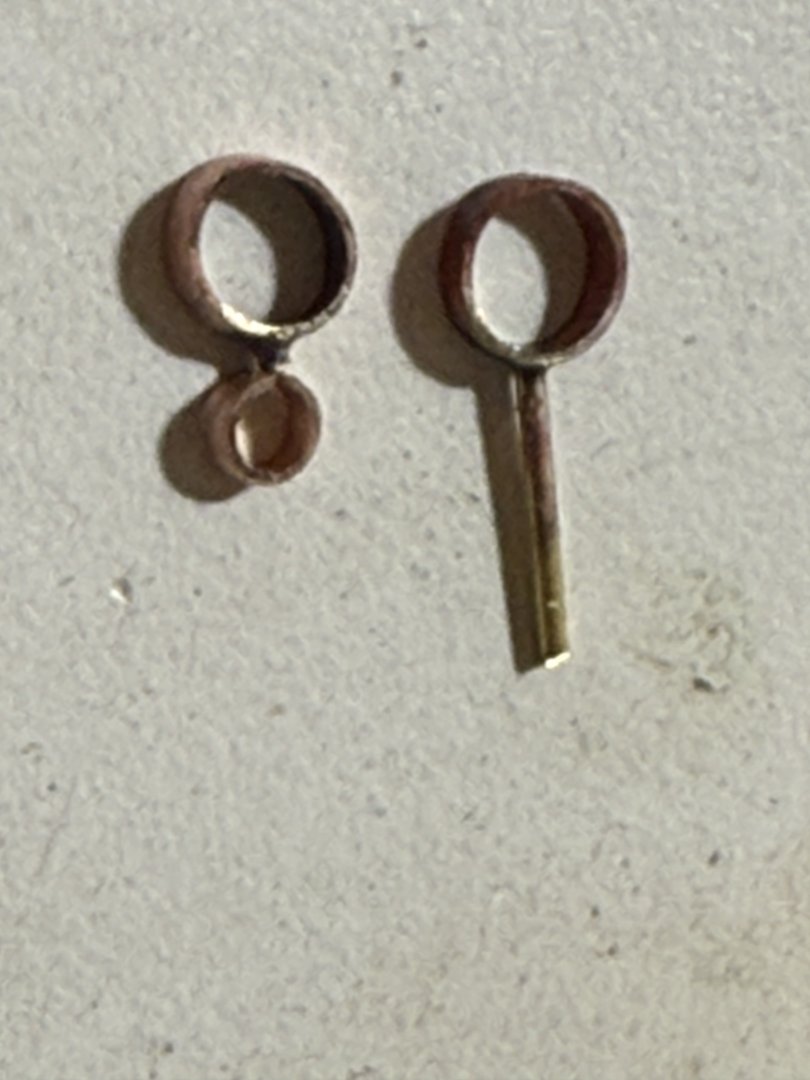
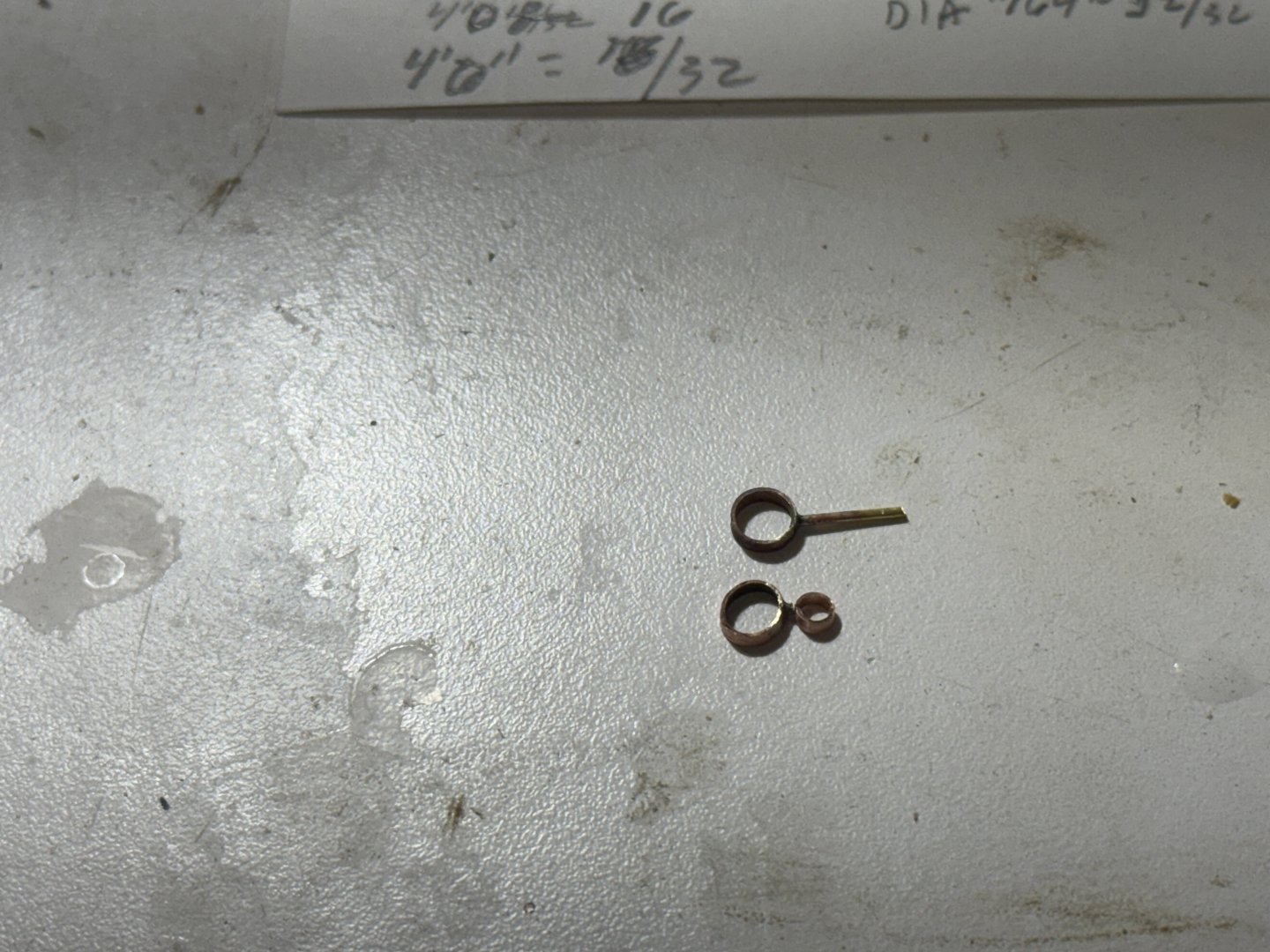
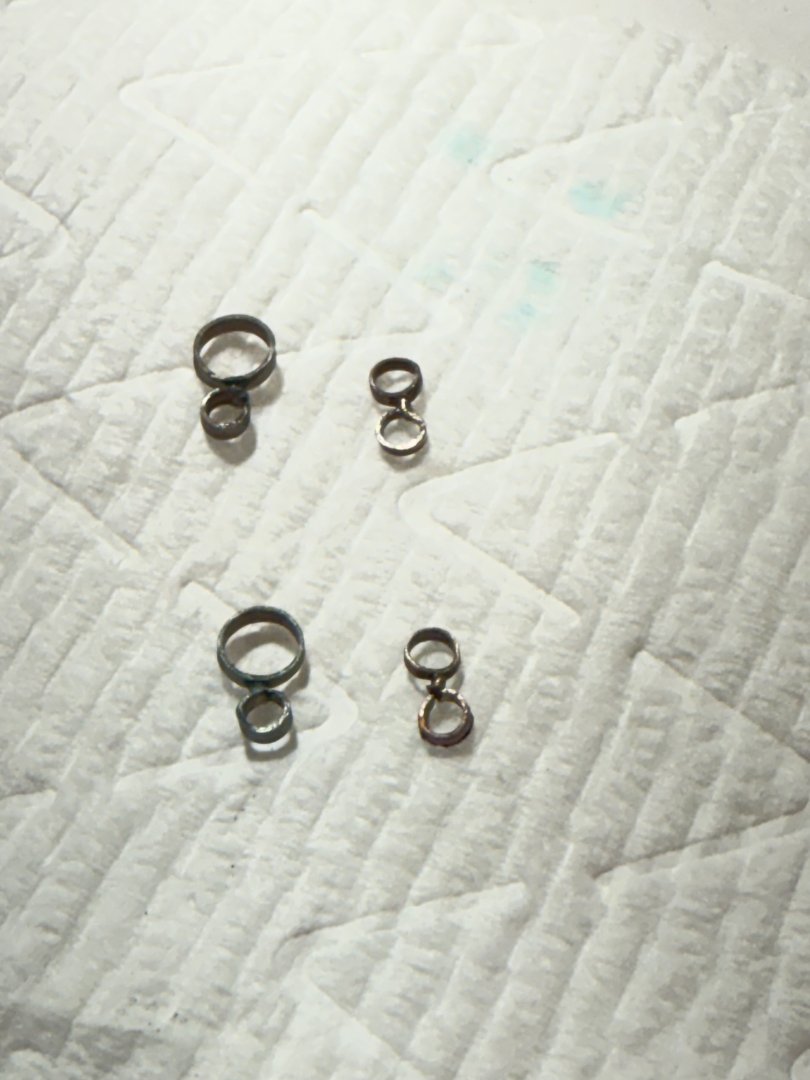
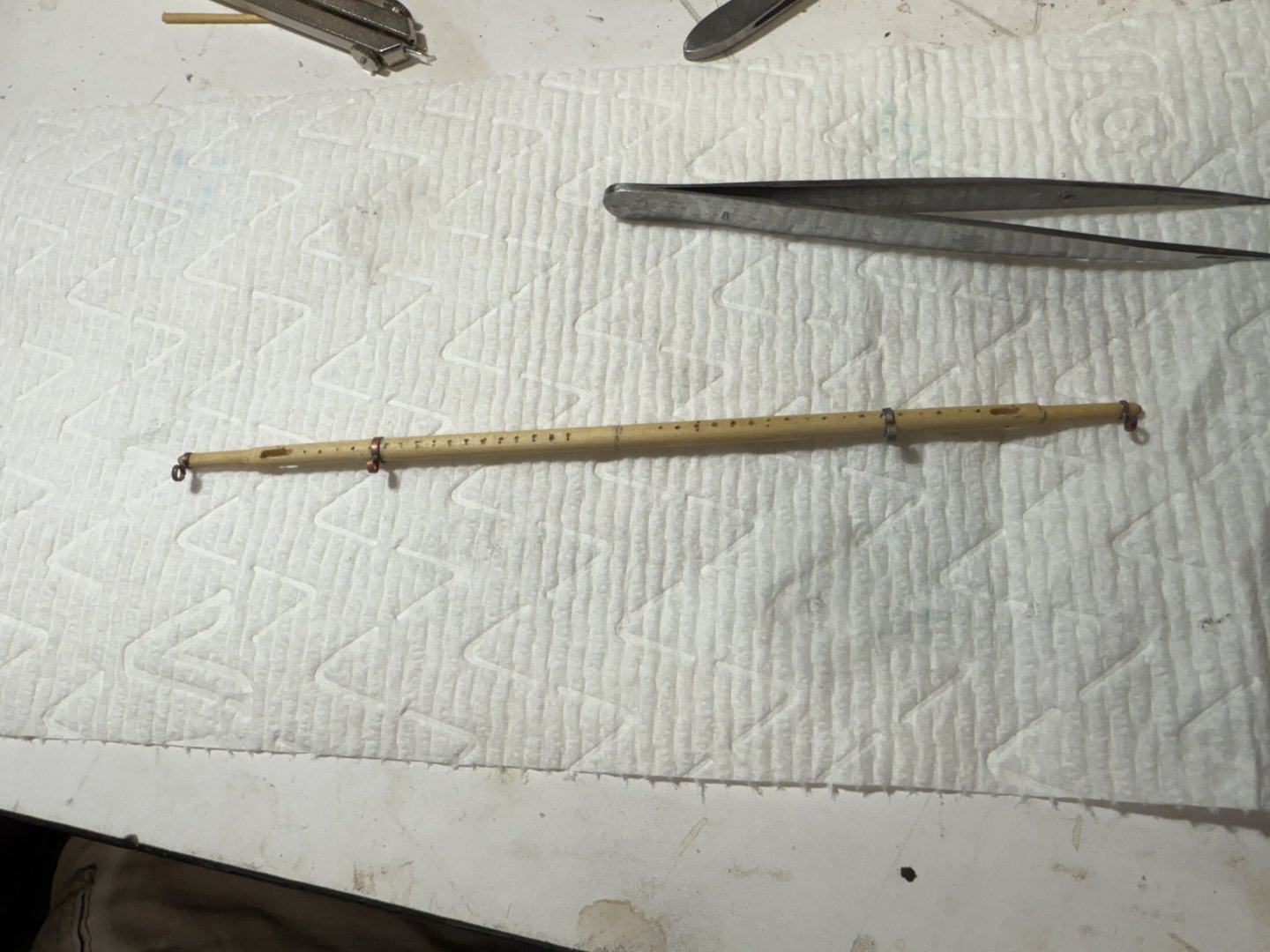
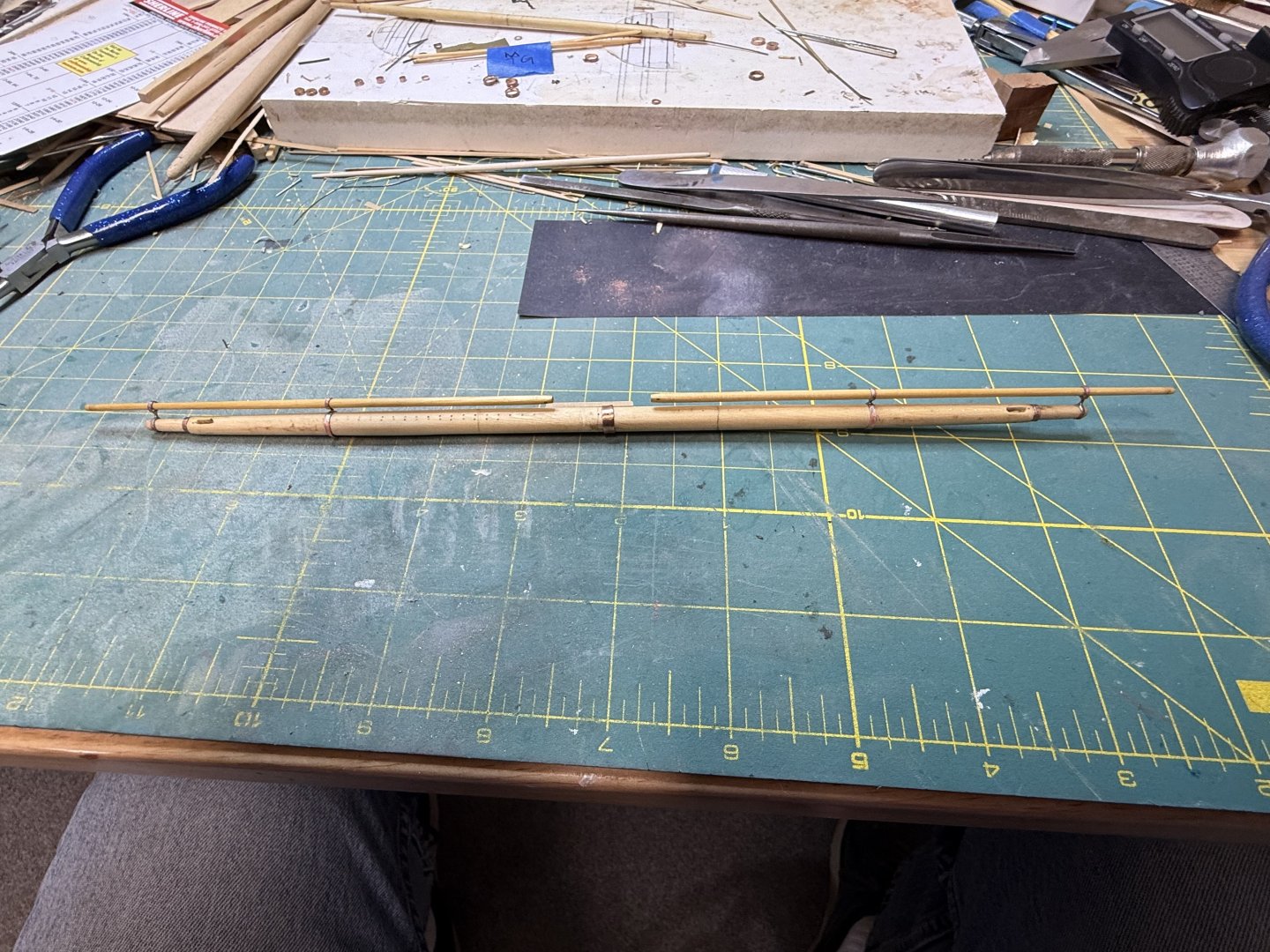
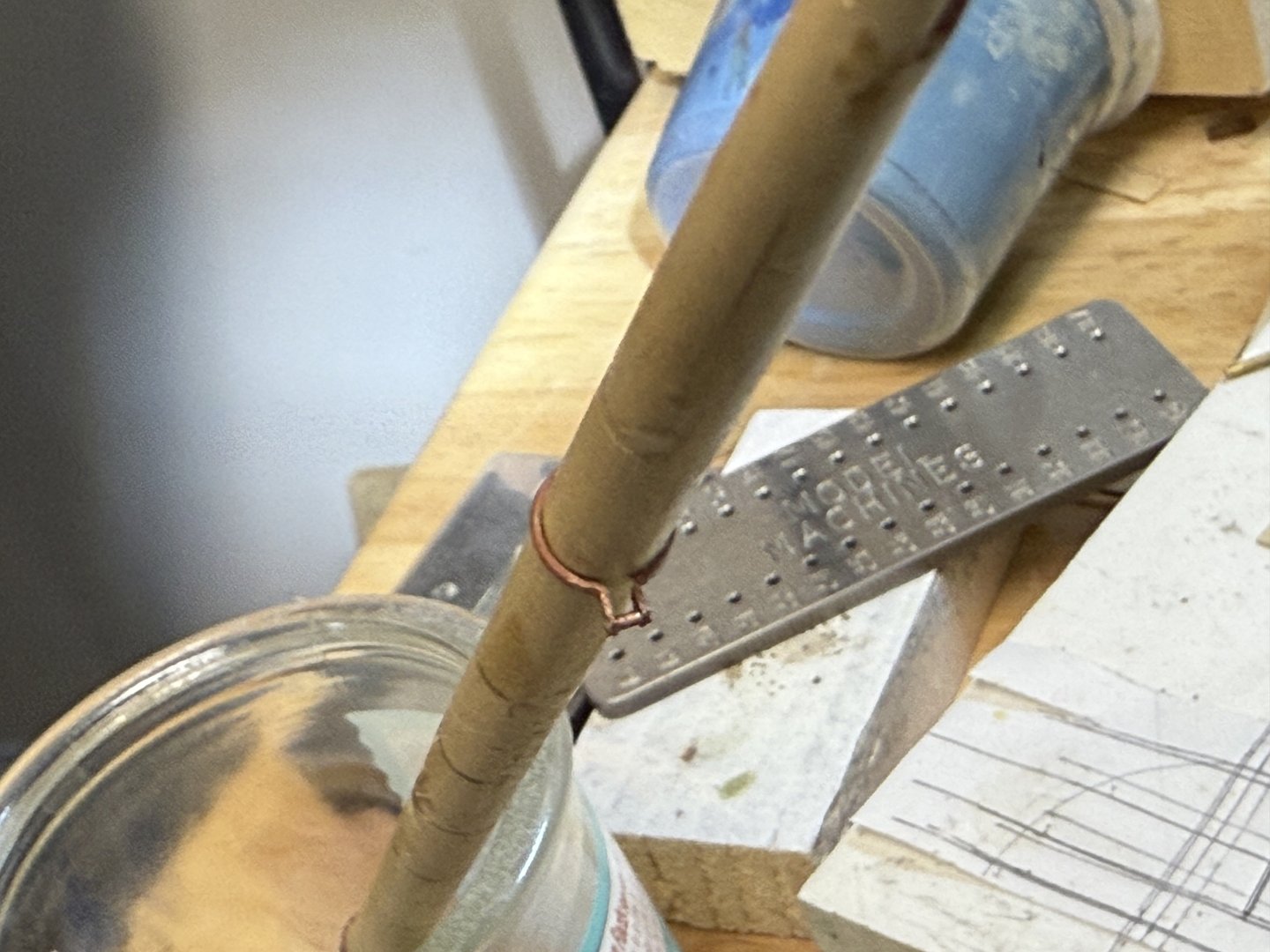
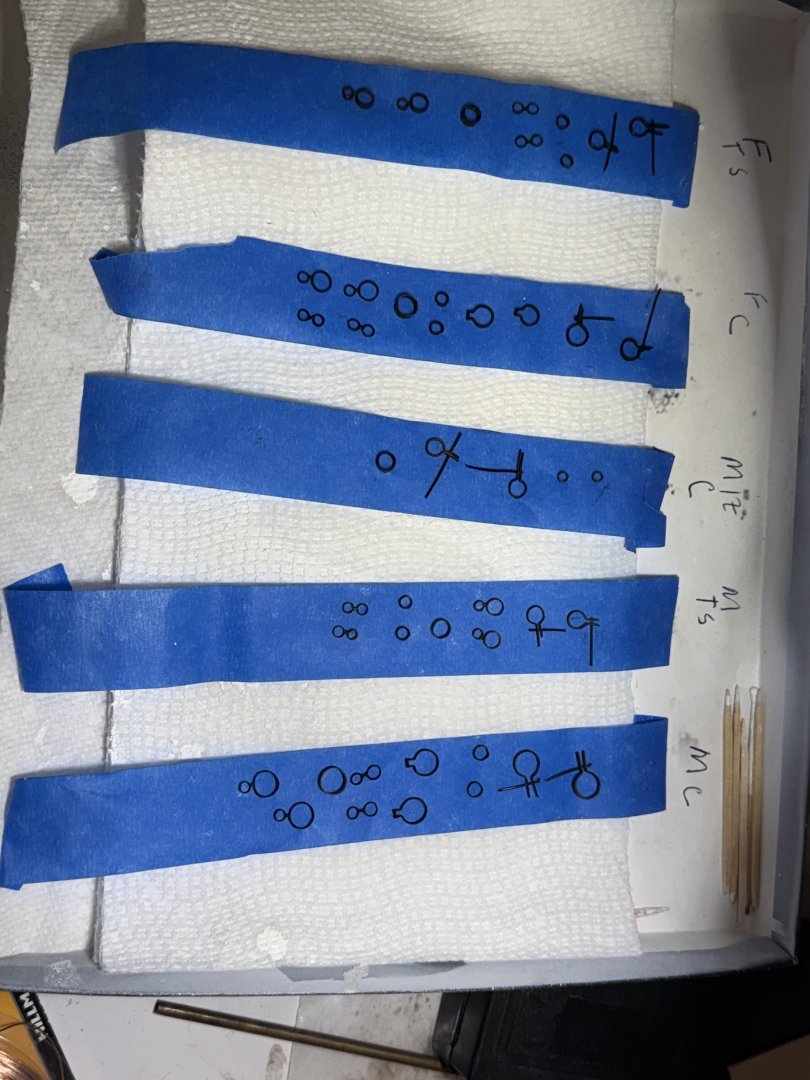
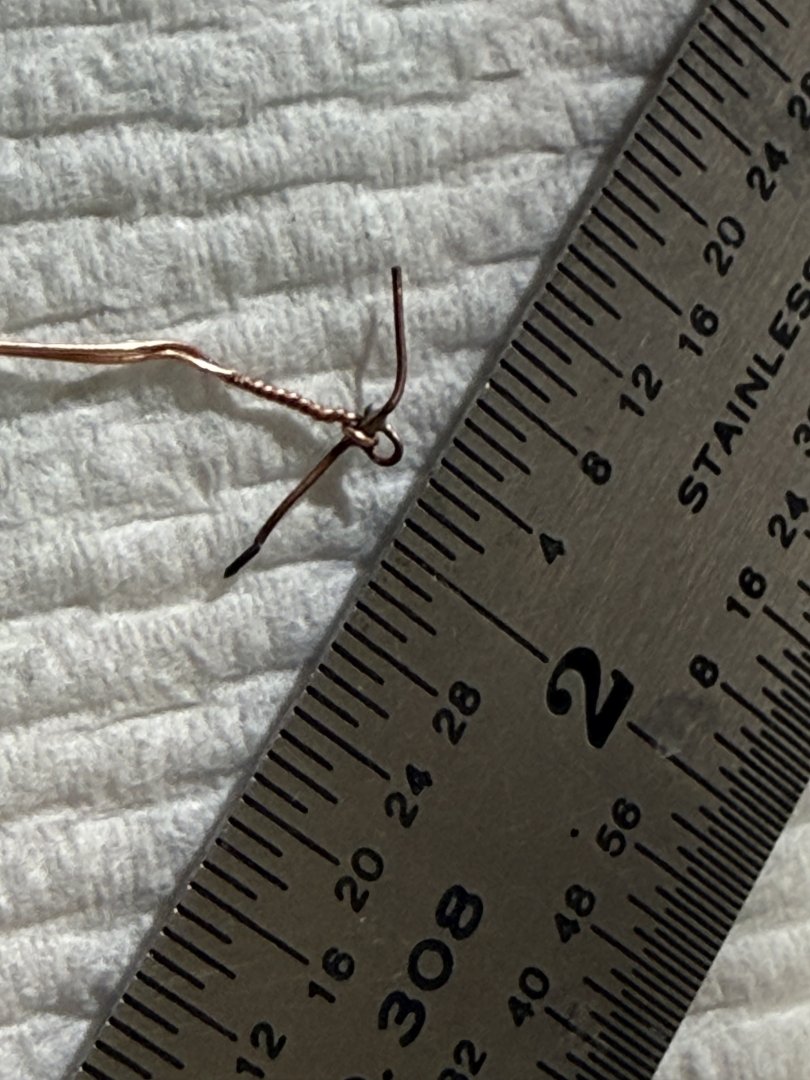
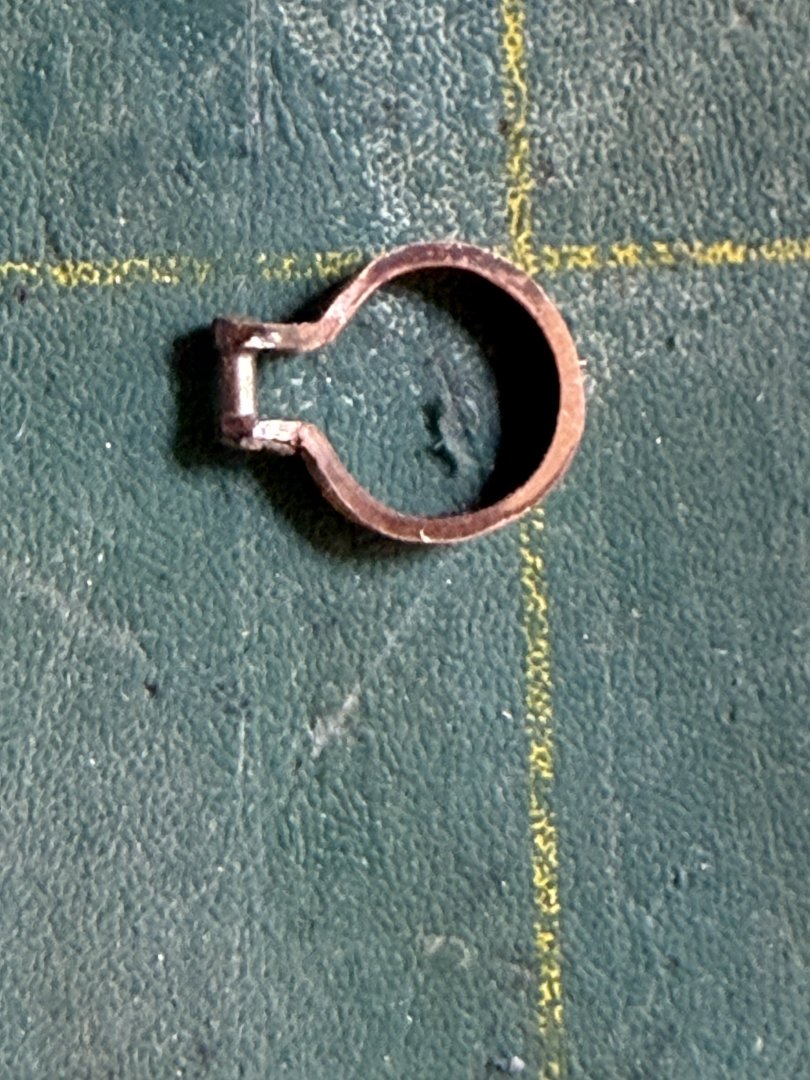
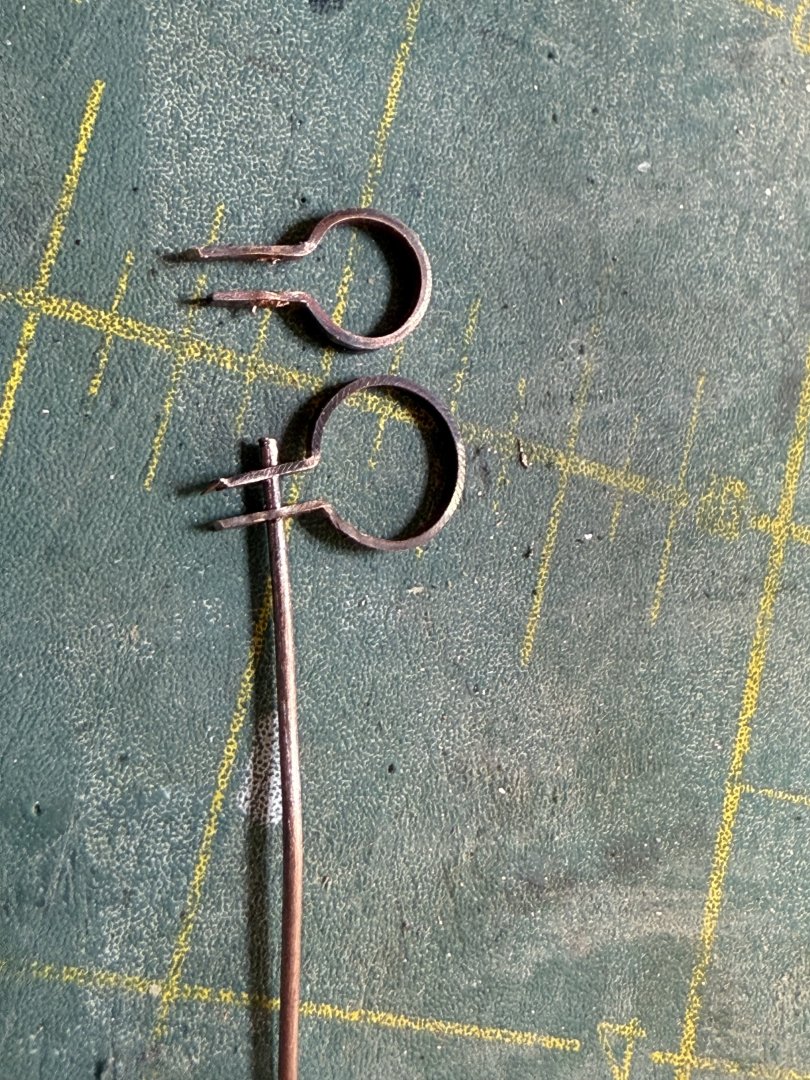
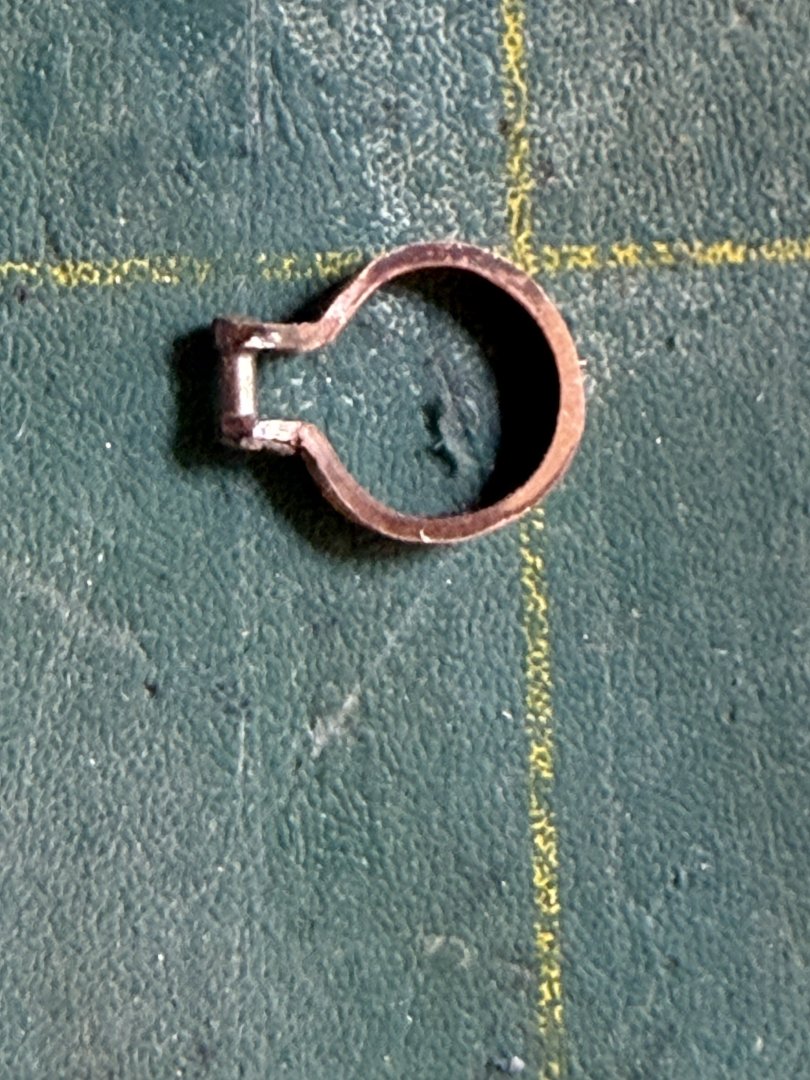
Flying Fish by Rick310 - Model Shipways - 1/96
in - Kit build logs for subjects built from 1851 - 1900
Posted
Thanks Rick!!
loved your build also!
As an Endodontist, there were plenty of molar root canals I wished I’d never had started!!
Rick